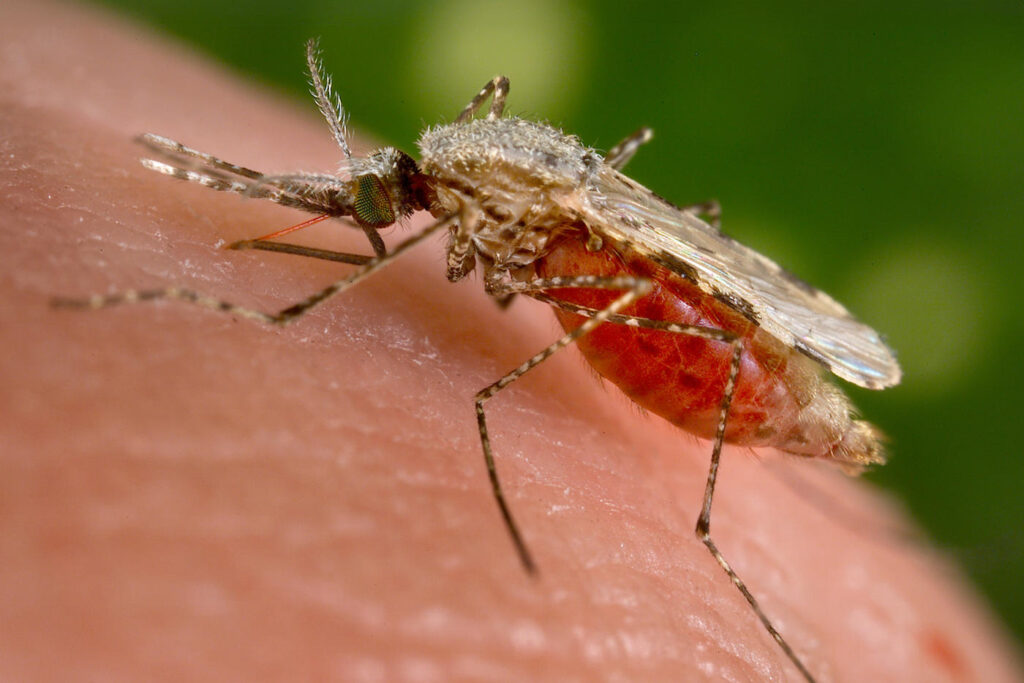Ancient Eastern Arabians Fought Malaria with “Hidden Weapon”: DNA Study Reveals Adaptation
Share IT

Launch Your Dream Website with Us!
Click Here to Get in touch with Us.
Categories
Ancient Eastern Arabians Malaria Resistance Gene
Revealing Historical Mysteries: DNA Analysis Indicates Malaria Adaptation in Early Eastern Arabian Population
Lost tales lie in the sands of time, just waiting to be discovered. We can go into the past and discover amazing facts about our ancestors’ lives thanks to science. That is precisely what a recent ground-breaking study has done, identifying malaria resistance as a critical adaption in the ancient Eastern Arabian population.
Cracking the Code: Investigating Archaic DNA
Ancient Eastern Arabians Malaria Resistance Gene
In Bahrain, ancient DNA samples from the Tylos period (300 BCE–600 CE) have been effectively analysed for the first time, offering a unique window into the genetic composition of this prehistoric population. This is the first study to look into ancient genomes from Eastern Arabia, therefore it’s a big step forward.
Table of Contents

Revealing a Secret Power: The Mediterranean Mutation in G6PD
Ancient Eastern Arabians Malaria Resistance Gene
The G6PD Mediterranean genetic mutation was the main focus of the study team. While people with two copies of this mutation (homozygous) may have some health repercussions, people with one copy (heterozygous) may be protected from malaria. Remarkably, three of the four samples analysed had the G6PD Mediterranean mutation identified by the study.
This finding implies that this protective genetic adaption may have been carried by a sizable fraction of the ancient Eastern Arabian population. This result is consistent with historical and archaeological data, indicating that malaria was probably endemic (common) in the area at this time.
Ancestry and Adaptation: A Tapestry of Influences
Ancient Eastern Arabians Malaria Resistance Gene
The research not only identified the G6PD Mediterranean mutation but also provided insight into the origins of the people who lived during the Tylos period. The results of the investigation showed that these people had common ancestors with ancient populations in the Levant, Anatolia, and the Caucasus/Iran. This suggests that the Eastern Arabian population at this time had a complicated and linked ancestry.
It’s interesting to note that the four people under study shared more genetic similarities with modern populations from Iraq and the Levant than with Arabians. This result implies that the region’s population dynamics have changed dramatically over time.
Beyond the News: Consequences and Upcoming Studies
Ancient Eastern Arabians Malaria Resistance Gene
This innovative research provides insightful information about the way of life of the ancient Eastern Arabians. The identification of the G6PD Mediterranean mutation adds an intriguing thread to the story of human evolution and adaptation, as well as providing insight into how they have adapted to a common ailment.
But it’s crucial to keep in mind that this study is just one component of the whole. To completely comprehend the presence and distribution of the G6PD Mediterranean mutation and its impact on the ancient population, more studies with a larger sample size and from other geographical sites within Eastern Arabia are imperative.
Furthermore, the study’s conclusions about the ancestry of the population during the Tylos period provide the way for additional investigation into the region’s historical movement patterns and population interaction. We can obtain a comprehensive picture of the past by exploring further into ancient DNA, which reveals not only biological adaptations but also the cultural and social processes that influenced the lives of our ancestors.
Ancient Eastern Arabians Malaria Resistance Gene
To sum up, this research constitutes a major advancement in our knowledge of the genetics and adaptability of prehistoric Eastern Arabians. Further research into this intriguing region and its distinct history is made possible by the discovery of the G6PD Mediterranean mutation and the insights it provides into their ancestry.

Launch Your Dream Website with Us!
Click Here to Get in touch with Us.





























































Recent Comments